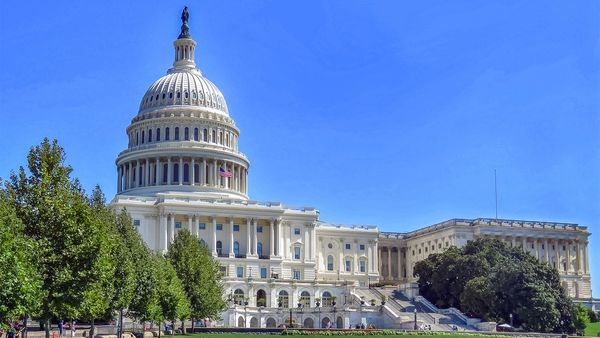
The government’s announcement that it would open the Australian Defence Force (ADF) up to permanent residents from the United States, the United Kingdom, Canada and New Zealand, with the Kiwis the first starting in July, was attended by some confusion yesterday. Minister for Defence Personnel Matt Keogh, doing the morning media rounds after the inevitable “exclusive” drop to News Corp, suggested that people from “all other countries” would be eligible to apply from January.
Would Australian residents from China be allowed to join, the media demanded — the assumption being, of course, that you can’t trust Chinese Australians. By the time the government had clarified that “all other countries” in fact meant that at some stage people from Pacific countries would be able to join after permanent residency, the cries of shambles, debacle, chaos etc had gone up.
Journalists were less interested in questioning how plausible it was that Australia would secure an extra 350 ADF recruits a year as a result of opening up to Five Eyes countries, as the government claimed its new policy would achieve — or whether it was just Australia with the problem of not enough soldiers, sailors and airmen and women. Let’s check.
New Zealand: The new Luxon government was told by the NZ Defence Ministry earlier this year “the NZDF is around 1,300 uniformed personnel and 130 civilians short of what’s needed. In the 20 months to February 28, 2023, the NZDF lost 30% of its full-time uniformed and trained personnel.” The NZDF has had to retire some naval vessels due to insufficient sailors.
Canada: the Canadian government officially states it faces a recruitment shortage. The most recent estimate is a shortfall of 16,500, about half of which is in the regular forces.
The United Kingdom: the Ministry of Defence hasn’t hit its recruitment targets for 10 years, meaning a shortfall of over 22,000. The British army is now at its smallest level since the early 18th century.
The United States: the US Army, Navy and Air Force have all failed to meet recruitment goals, leading to a gap in just one year of 41,000 recruits. The US Air Force has complained of a “crisis” in pilot recruitment for five years.
If the Australian government did open up recruitment to other nationalities, it’s still unclear where the troops would come from. France, Germany, Poland and other European countries are all plagued by shortfalls, usually reacting by boosting, sometimes significantly, remuneration for defence personnel. For journalists worried about the Chinese, they can’t fill the ranks of the People’s Liberation Army either, and can’t attract the graduates they need to operate complex combat systems.
In a world gearing up for more fighting, it seems young people aren’t too keen to show up.







